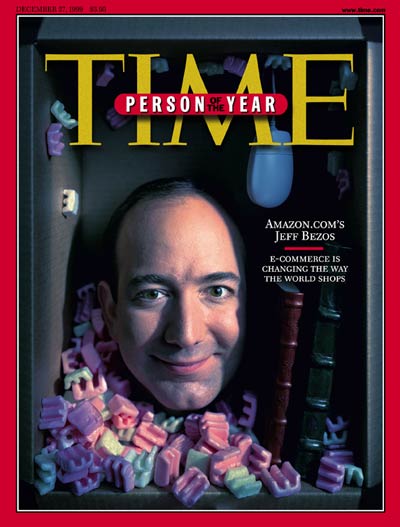The Federal Election Commission on Friday released a fresh batch of filings from Super PACs linked to many presidential candidates.
But one name—one BIG name—was noticeably absent from the FEC's midnight delivery. Donald Trump, the New York-based businessman and perpetual also-ran, is unique among the major Republican presidential candidates in that he doesn't have a Super PAC supporting his candidacy.
But one thing he does have is a Time Magazine cover story. The article details the well-known events of the campaign and attributes Trump's sudden popularity to potential voters' "calcifying frustrations" with the political class and their "guttural demand for change."




